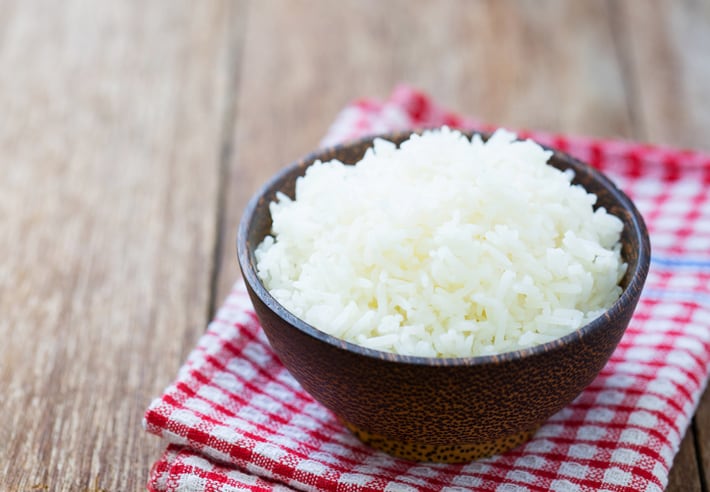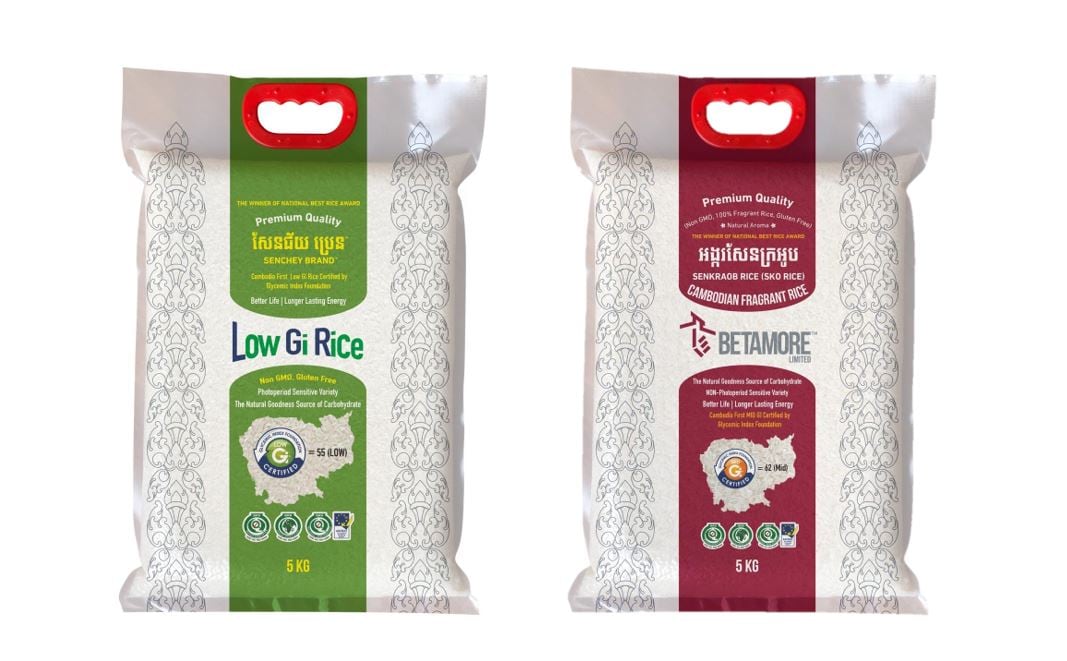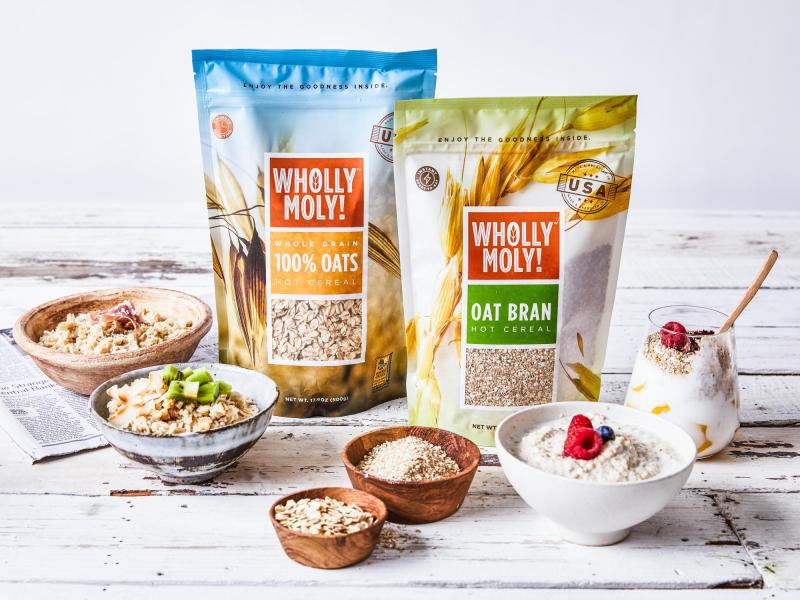In this study, researchers compared the highest and lowest white rice intake (≥450 vs <150g/day) between the continents. Findings suggest that consuming ≥450g of white rice daily among South Asians were 61% at a higher risk for incident diabetes compared to 20% globally who consumed the same amount of rice.
Researchers said it was not only the white rice intake, but also due to low protein intake and low physical activity in South Asia which contributed to the increased diabetes risk.
Hence consumption of higher amounts of white rice was linked to a higher risk of diabetes in South Asia, while in other regions the risk was modest and failed to reach statistical significance.
This present study spanned across South Asia, South East Asia, Middle East, South America, North America, Europe, and Africa.
“Our aim was to assess the association of white rice consumption with risk of diabetes in the large multiethnic, multinational Prospective Urban Rural Epidemiology (PURE) study with data on 132,373 individuals, enrolled from 21 countries, representing different geographies and continents,” researchers wrote.
The findings were published in Diabetes Care.
PURE study
The PURE study consisted participants from 21 countries including Argentina, Bangladesh, Brazil, Canada, Chile, China, Colombia, India, Iran, Malaysia, occupied Palestine territory, Pakistan, Philippines, Poland, South Africa, Saudi Arabia, Sweden, Tanzania, Turkey, United Arab Emirates, and Zimbabwe.
Participants habitual food intake was recorded using validated food frequency questionnaires (FFQs) at baseline, and they were followed-up at least once, with a mean period of 9.5 years.
In this study, one cup of cooked white rice was identified as 150g, and consumption was categorised into <150g/day, ≥150 to <300g/day, ≥300 to <450g/day and ≥450g/day.
The first group (<150g/day) was used as a reference group.
The main outcome was incident diabetes determined as physician diagnosis, using antidiabetic agents or insulin. Hazard ratio (HR) was calculated.
For this study, researchers examined the association between white rice intake and incident diabetes in the entire PURE cohort as well as examined separately by geographical regions in South Asia (India, Bangladesh, Pakistan) and the rest of the world and China.
Watch your rice
In the overall PURE cohort, after adjusting for lifestyle and dietary factors, the highest consumption of white rice (≥450 vs <150g/day) was naturally significantly associated with an increased risk of incident diabetes (HR=1.2, p=0.003).
Excess rice consumption leads to postprandial glucose spikes which overtime, can lead to diabetes.
However, a subgroup analysis by region showed that the association was most pronounced in South Asia (HR =1.61, p=0.02) followed by the rest of the world (HR=1.41, p=0.01).
This meant that there was a 61% higher risk for incident diabetes in South Asia compared to 20% in the entire world.
In China, the effect was minimal and did not reach statistical significance (HR=1.04, p=0.38).
Among all PURE participants, the overall median consumption of white rice was 128g/day.
In terms of geographic regions, South Asia recorded the highest median consumption of white rice at 630g/day, followed by South East Asia at 239g/day and China at 200g/day.
One of the researchers, Dr Viswanathan Mohan, who is also director of the Madras Diabetes Research Foundation explained: “With almost three times higher consumption in South Asia, the risk was also threefold higher. So, it is obvious that the risk is related to the amount of rice consumed.”
Dr Mohan is also chairman and chief diabetologist of Dr. Mohan’s Diabetes Specialities Centre (India).
Dr Mohan told FoodNavigator-Asia that the type of rice consumed could also play a role.
“For example, in China, sticky rice is more frequently consumed compared to South Asia. It also depends on what else is eaten along with the rice. In China, a lot of salads and vegetables are consumed along with meat, chicken and other protein, whereas in South Asia the protein intake is very low. Consumption of protein along with the carbohydrate can lead to a lower glycaemic load.”
Dr Mohan added that genetic factors and physical activity cannot be ruled out.
“In South Asia, physical activity is quite low and we have shown that when we combine the excess white rice consumption with physical inactivity, the risk for diabetes further increases.”
For a South Asian country like India, the prevalence of diabetes has increased from 2% to 25% in urban areas and from 1% to 14-16% in rural areas between 1970s to 2015.
While diabetes is still more pronounced in urban areas, Dr Mohan explained that if rice consumption were to continue at this level, combined with low physical inactivity, then diabetes rates would also spike in rural areas of South Asia where almost 70% of the population lives.
Researchers advised replacing highly polished white rice with other cereals or healthier varieties of rice or adding adequate legumes and pulses to reduce the GI of the meal, but also reduce the actual quantity of white rice consumed.
“These may be important public health strategies to be adopted in South Asian and other populations with rice as the staple food, which, if combined with measures to increase physical activity, could help to slow down the rapidly rising epidemic of type 2 diabetes in these regions.”
There have been many studies examining consumption of white rice on diabetes risk, but most of these were conducted in single countries and predominantly in Asia where white rice consumption is higher than most parts of the world.
This study is the largest prospective study on rice and incident diabetes, covering 21 countries.
However, it was also limited by the information on the different types of white rice (e.g. parboiled rice, raw rice) which would provide different nutritional content. In addition, data on rice consumption was only assessed at baseline, and did not take into account changes in diet and lifestyle factors beyond that.
Dr Mohan concluded that more preventive actions should be taken: “People should be encouraged to do more physical activities, reduce the carbohydrate intake and also increase the protein intake as well as that of vegetables, green leafy vegetables, some fruit and healthy fat.
“This will help to reduce the rate of not only type 2 diabetes, but also obesity and cardiovascular disease in areas where white rice is consumed like in South Asia.”
Source: Diabetes Care
https://doi.org/10.2337/dc19-2335
“White Rice Intake and Incident Diabetes: A Study of 132,373 Participants in 21 Countries”
Authors: Balaji Bhavadharini, Viswanathan Mohan, et al.




